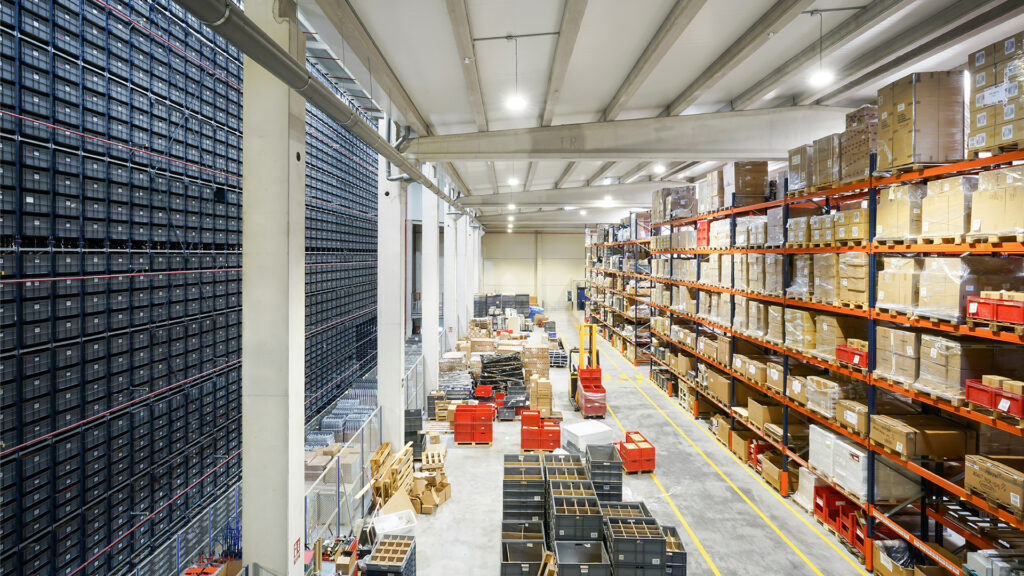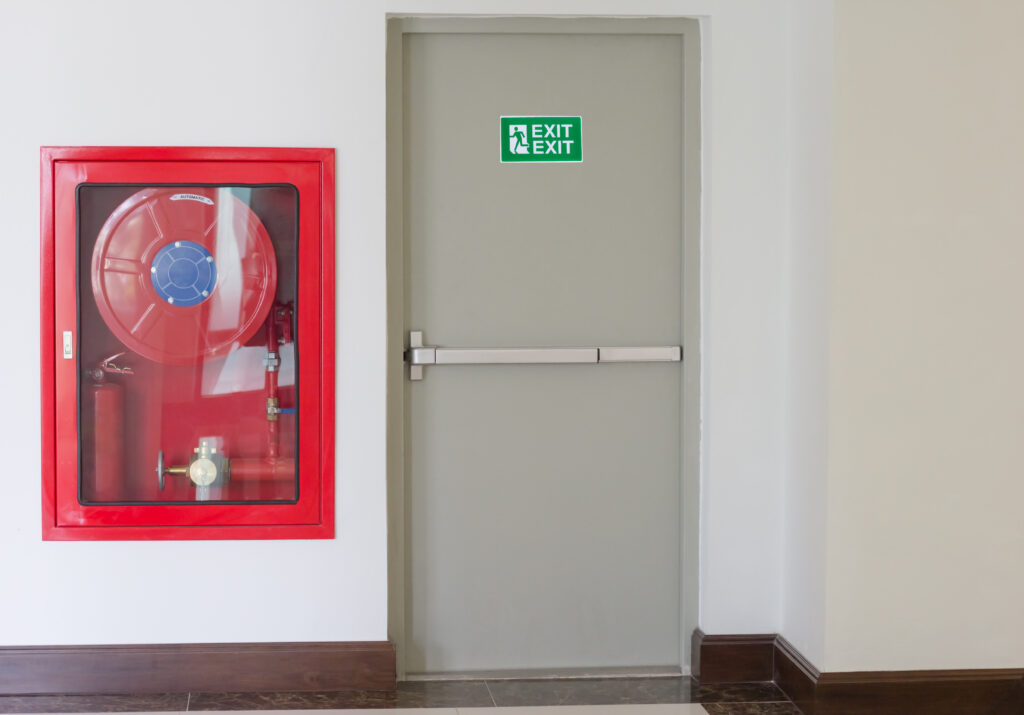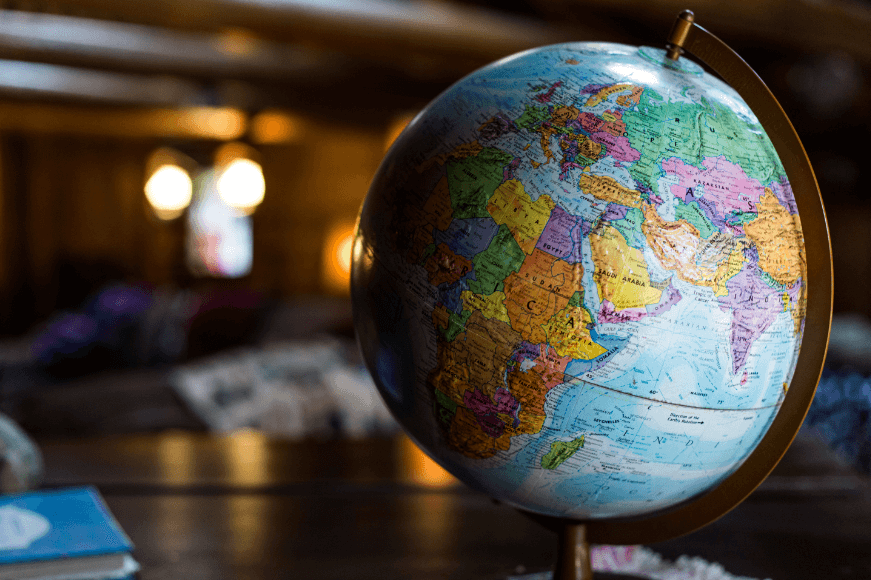Preventing slips, trips, and falls reduces injuries, ensures legal compliance, and improves overall workplace safety.
Knowing the difference helps prevent injury
- Slip: Loss of balance due to low friction, such as on a wet, icy or greasy floor.
- Trip: Foot or leg hits an object (e.g. trailing cable or box left in walkway) or uneven surface, causing a stumble.
- Fall: Result of a slip or trip, leading to impact with the ground or an object.
Key Employer Actions
- Inspect and maintain floors, lighting and, stairs.
- Establish and enforce housekeeping standards including storage, waste, spills, obstructions, and cable management.
- Risk assessments and hazard identification.
- Investigate all slip, trip and fall incidents (even near-misses) to understand their root cause and prevent recurrence.
Safety Best Practices
- Train staff on hazard awareness including use of footwear with non-slip soles, good ankle support, and that is appropriate for the work environment.
- Encourage reporting of any slip, trip, or fall hazards and near misses.
How can we help?
For further information about issues raised in this article, please contact a member of our Safety & Health — Training & Consultancy team.




